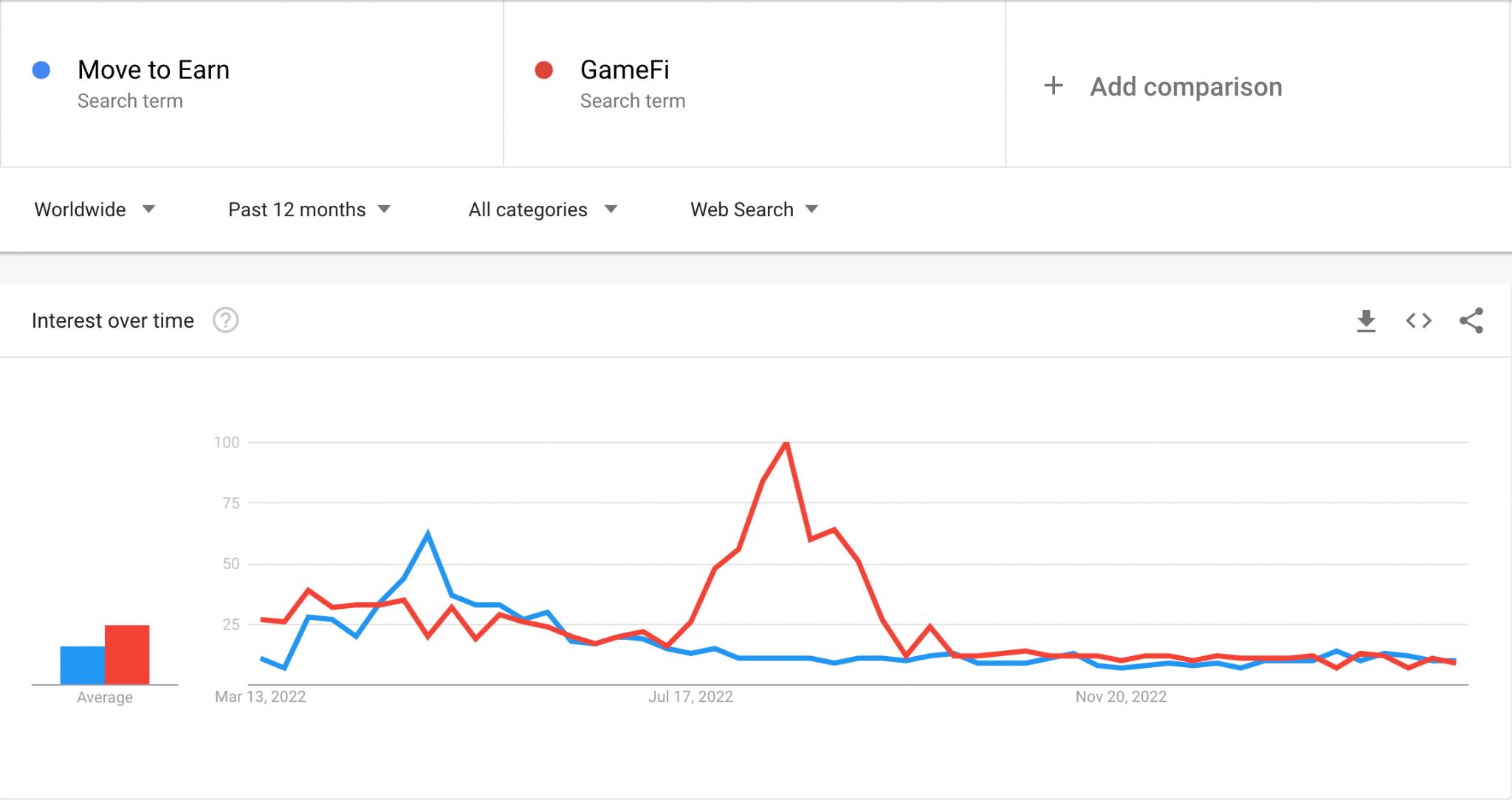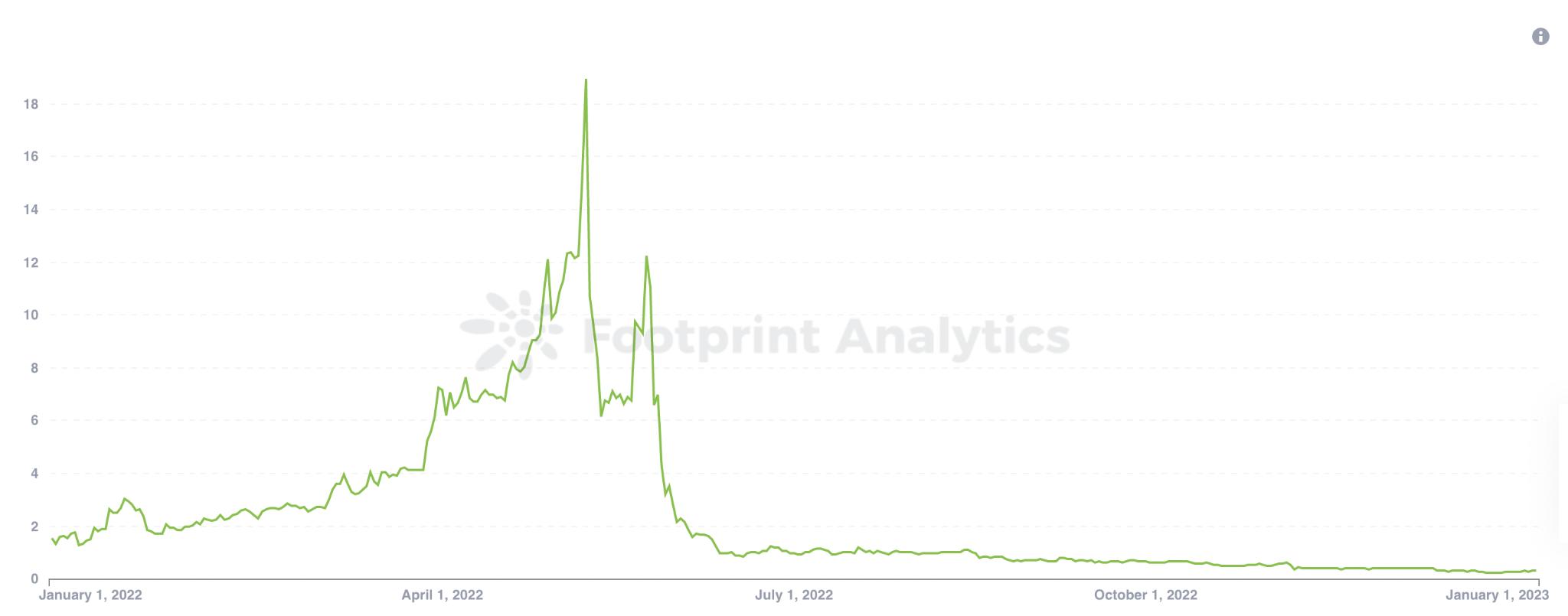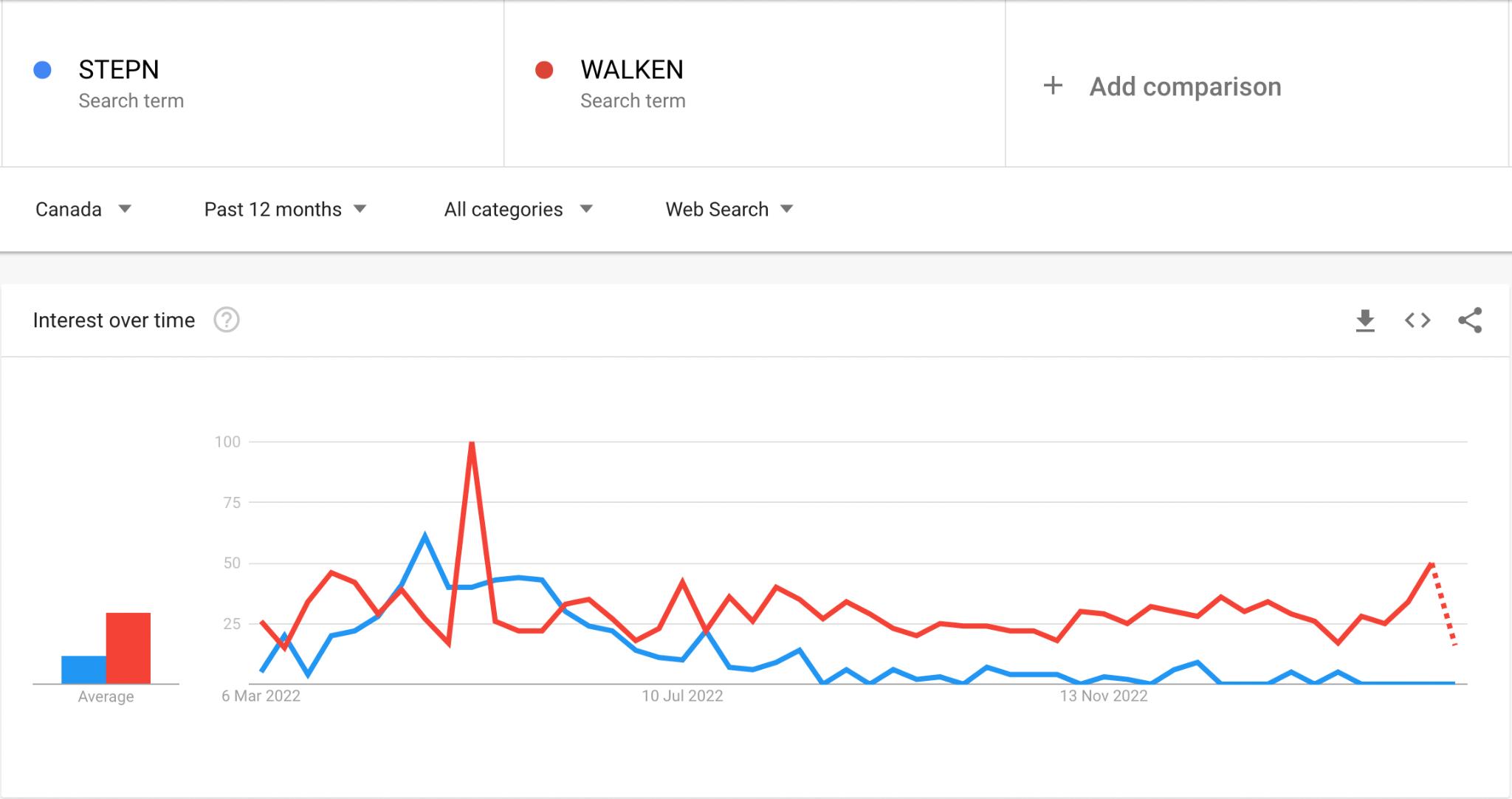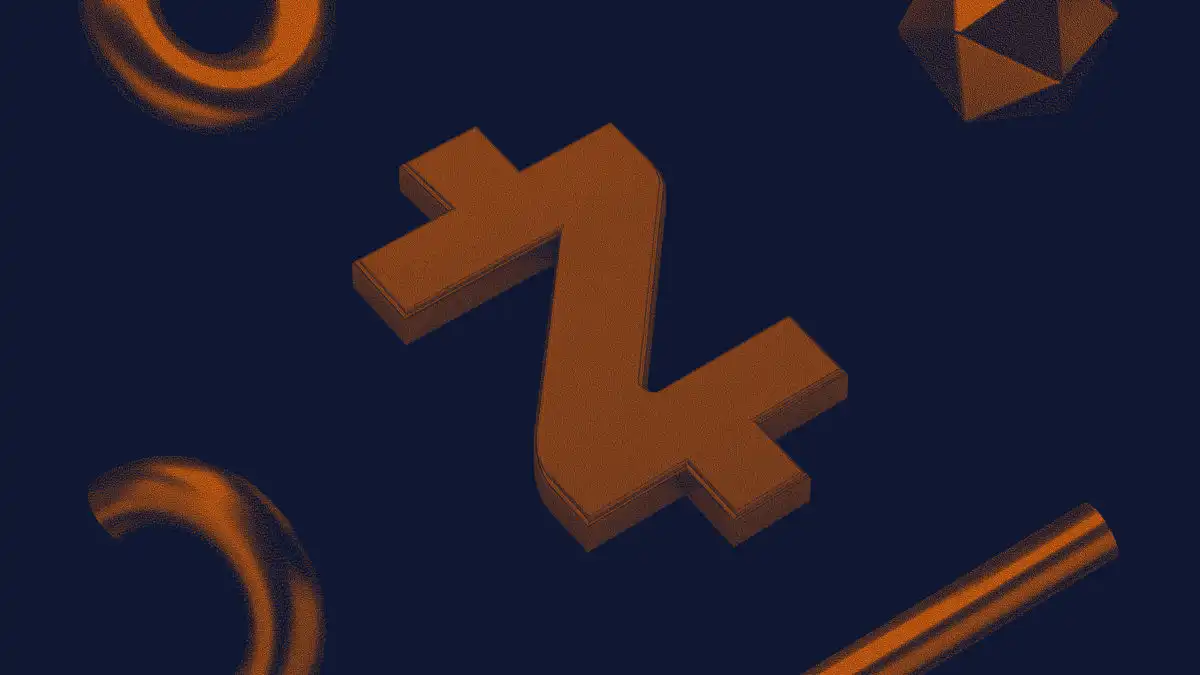Mar. 2023, Daniel
Data Sources:Use Retention; Walken; STEPN-Solana & BSC
Move-to-Earn, a protocol that tracks users’ movements via geotracking and rewards them for physical activity, gained traction last May, surpassing GameFi in search interest. However, for this type of game, there are currently only two projects on Solana: Walken and STEPN. These two games have similar concepts and gameplay, but have different approaches in terms of tokens, gameplay, and design.

GameFi has a ton of imitation projects in the bull market. When a project does well, dozens of replicas pop up hoping to replicate its success. Therefore, although M2E has only two representative projects, they are more original than other chain game projects. This type of project, to some extent, is also the emergence of innovation and really interesting applications of blockchain technology.
By investigating on-chain activity within Walken and STEPN, we can begin to analyze what is working in the genre and what features we can expect to emerge and succeed in the future.
Timing is very important for chain game projects
Launched just before the peak of the bull market, STEPN saw its market cap skyrocket as the price of ETH rebounded in April.
image description

While the game’s functionality and UI are still tweaked from those initial months, there has been no recovery in terms of the project’s market cap, activity, and token price.
image description

In the blockchain industry, trust is everything, and it is invariably about momentum, which is hard to recover when momentum dies.
Walken launched seven months after STEPN. It's also an M2E game on Solana, although its design and gameplay are clearly different. As the market began to recover, Walken saw a surge in users and growth.
Walken's growth compared to STEPN is not just an illusion caused by STEPN's huge numbers a year ago - Walken is riding the wave of optimism in the GameFi and Solana ecosystems to generate more search interest, rather than resting on restoring STEPN's previous value in the narrative.

This has translated into a more positive trend for its NFT trading volume and token price.
While both projects are sleek, mobile-first, and gamified sports apps, storytelling matters at GameFi and the community is fickle. Even if death spirals are largely inevitable, negative narratives have been shown to hinder project recovery.
The data shows that the token price and user activity of the GameFi project are not in a simple 1:1 relationship with the market. Timing is important, don't let most of your users catch a falling knife.
M2E projects have to keep users active (IMHO)
Both STEPN and Walken make new users nervous on first download.
In the author's opinion, STEPN's computer operation is relatively more intuitive, because the connection between running shoes and running is more direct than the connection between Walken's cartoon cat and walking.
That's not to say STEPN is easy for a cryptocurrency novice. The quality, rarity, and miners of NFTs are all foreign — and developers seem to forget this. For example, why would a shoe have a"Mint"? Do they smell bad? And on top of all this, users have to buy an NFT to start the game — a big hurdle for those who want to gamify their daily jog instead of becoming NFT traders.
image description


There is one notable difference that could serve as an explanation.
New users of WALKEN automatically get a CATlete the first time they open the app. Then the game starts tracking steps through the user's mobile phone, and automatically gets rewards every day. Users only need to click a button to get GEM and go further into the game at their own pace. While Walken's home screen might look intimidating, this approach is far less intrusive than requiring users to buy an NFT and then remember to manually incorporate the app into their daily operations.
Both approaches have advantages and disadvantages, but at this point it is obvious which method produces more DAU.
Difficulties in GameFi Analysis
Many cryptocurrency writers and analysts have short memories like goldfish, being carried from one project to another every 8 seconds due to short-term token price increases.
It's also all too easy to fall into reductionist thinking. In this case, it will reduce the price and activity of the aforementioned games to one or both reasons. Everyone trying to understand GameFi right now is groping in the dark. No one knows what's going to happen next, or which projects will explode or crash. Analysis after the fact is always easy and risk-free.
This post is just to illustrate why timing and onboarding of new users is important for M2E projects. Additionally, blockchain analytics tools like Footprint Analytics can uncover their relationship to key metrics of the game.
community contribution.
This article comes fromFootprint Analyticscommunity contribution.
Footprint Analytics is a structured data platform linking web2 and web3. We provide the first code-free data analysis platform in the Crypto field and a unified data API, allowing users to quickly retrieve NFT, GameFi and DeFi data from more than 24 public chain ecosystems. The Footprint Growth Analytics launched by the platform helps GameFi and other Web3 projects to carry out effective marketing and promotion.
Footprint Website: https://www.footprint.network
Twitter: https://twitter.com/Footprint_Data



